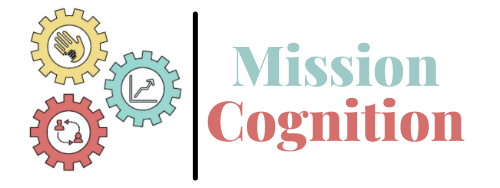“Hey, watch where you’re going!” Nobody likes getting bumped into or having their foot stepped on or their important papers spilled on, but it happens. On the flip side, nobody likes getting yelled at or scolded for things that were not intentional. It’s all about perspective. Interactions or incidences like this are a common part of daily life and are likely to happen daily or even multiple times a day.
While we can’t control the environment or how others behave toward us, we can control how we respond. How we choose to respond can make a problem bigger or smaller.
Screaming at someone , “Hey, watch where you are going!” after they’ve bumped into you accidentally in a crowded hallway, is not a good look. Responding in such a way would likely be perceived as an over-reaction, blowing something out of proportion and being overly aggressive.
Consistently responding in this manner to situations that fit this profile (accidental) will result in a high probability that others may want to spend less time with you, making it difficult to make and maintain positive relationships with others. Individuals that are “go with the flow” and stay cool, calm and collected are much easier to get along with compared to individuals that may be considered hot tempered or quick to fly off the handle.
Why do overreactions happen? In many cases, we can boil it down to a misunderstanding. More specifically, one individual draws a conclusion and makes a determination about the intentions of another that is incorrect. Interpreting actions that happen to us as being purposeful or malicious in nature, will likely lead to feelings of frustration or anger. These feelings may then be expressed as yelling or other undesirable responses.
How can this be avoided? Pausing to think about the situation, can help to see the situation from other perspective and make more accurate determinations regarding intent of others. Thinking about past experiences or interactions with the other person, identifying what you saw and heard before and after the unpleasant interaction, can all assist in making inferences and drawing more accurate conclusions.

- Pause
- Ask Self
- Do I know this person?
- If yes, what have past interactions or experiences been like? (neutral, positive negative)
- What happened before the action?
- Was the person looking at you?
- If yes, what was their facial expression like?
- Was the person talking to you or about you to others
- If yes, were the comments negative in nature?
- Was the person looking at you?
- What happened after the action?
- Did the person apologize?
- If yes, how was their tone of voice?
- What was facial expression like? (smiling, angry, looked apologetic)
- Did the person apologize?
- Do I know this person?
The information obtained from asking ourselves these questions can assist us in more accurately determining the intent of the other person as accidental or on purpose, which in turn helps us to identify a “matched” response.
For an accident, the response is pretty straight forward: brush it off, “no worries” “that’s okay”
For intentional malicious acts, more information would be required to support the individual in reacting and responding in the safest most effective way. This may include self advocating by making a firm request and/or seeking out a trusted adult.
Want to learn more?
